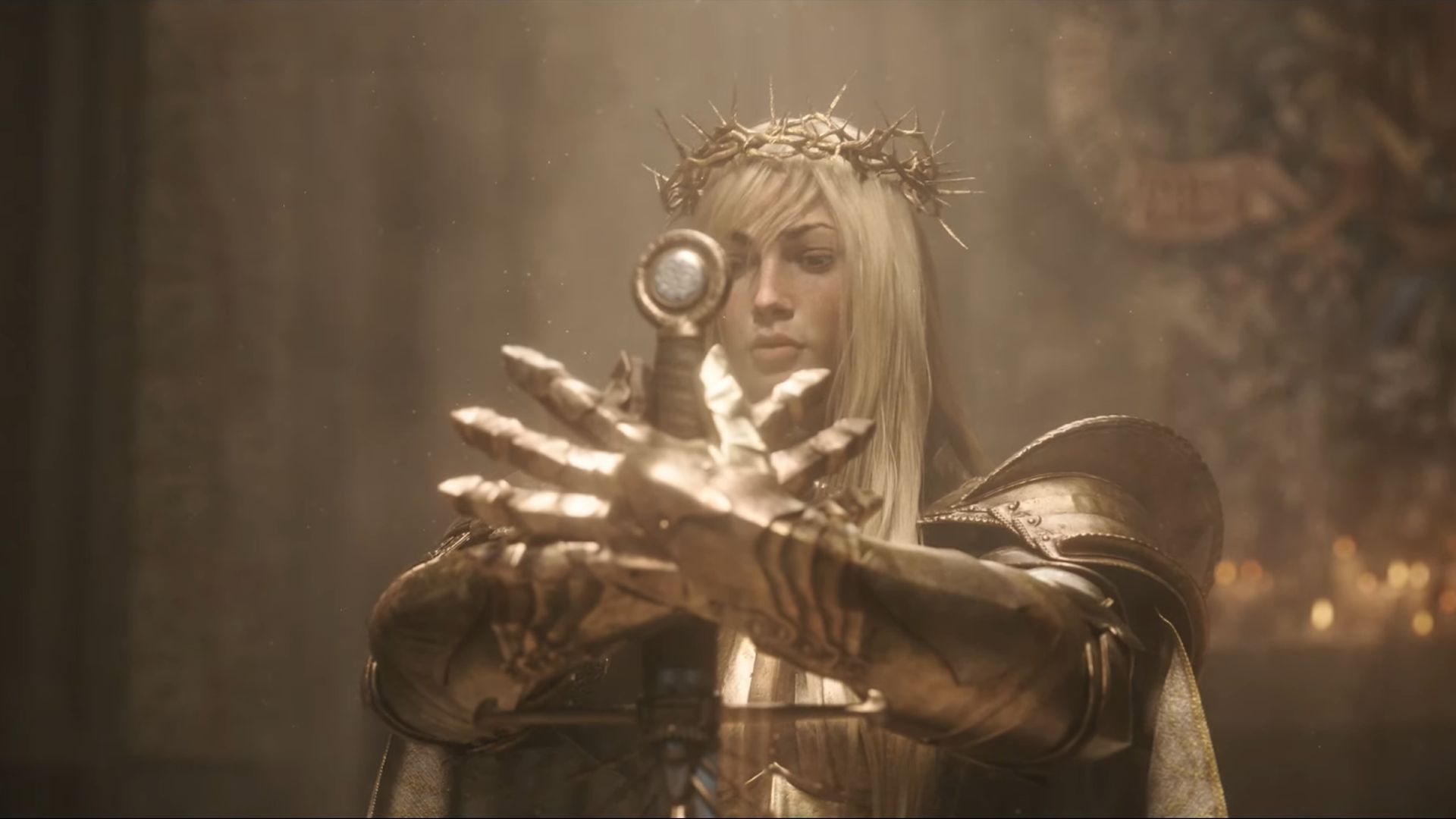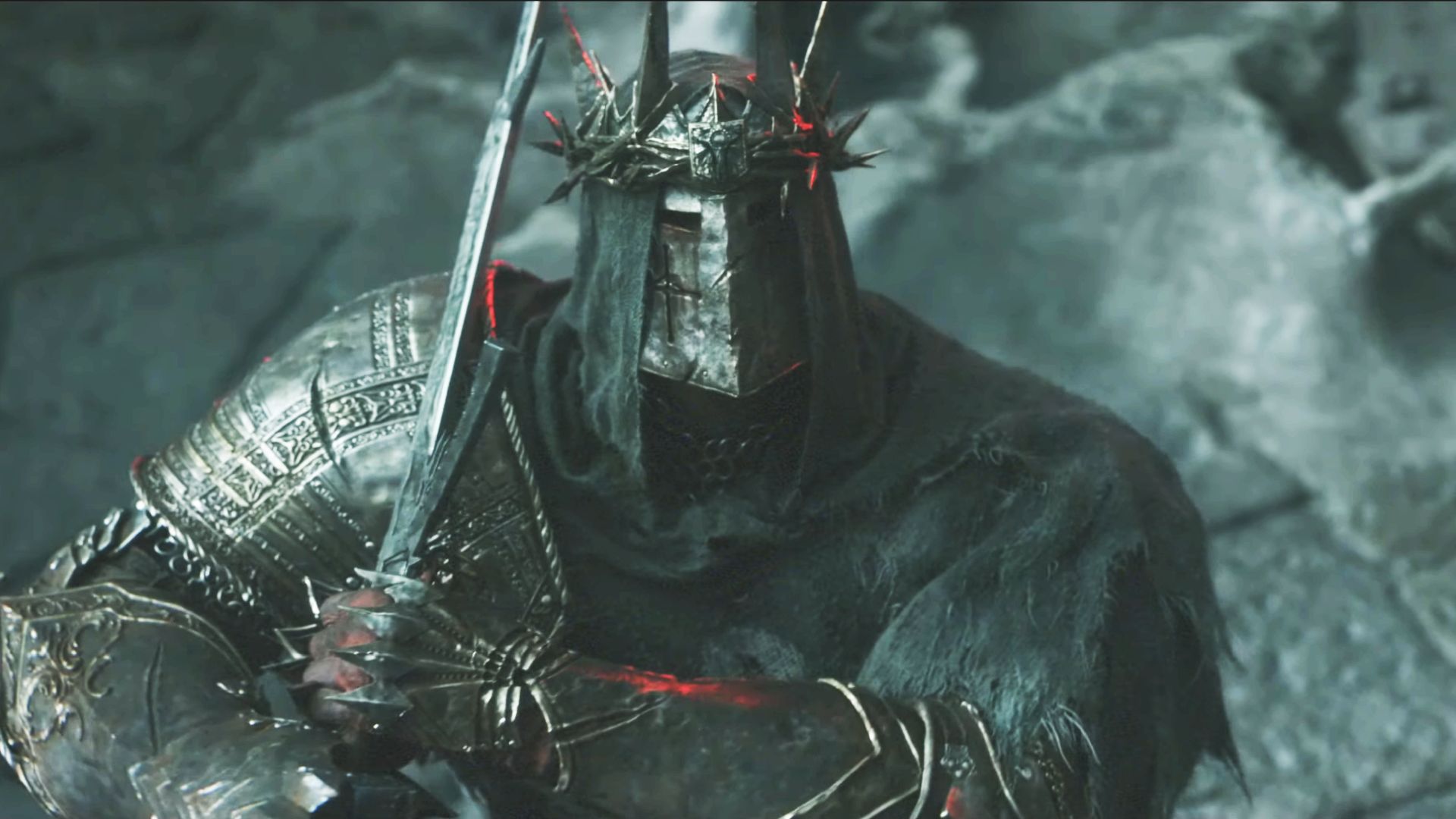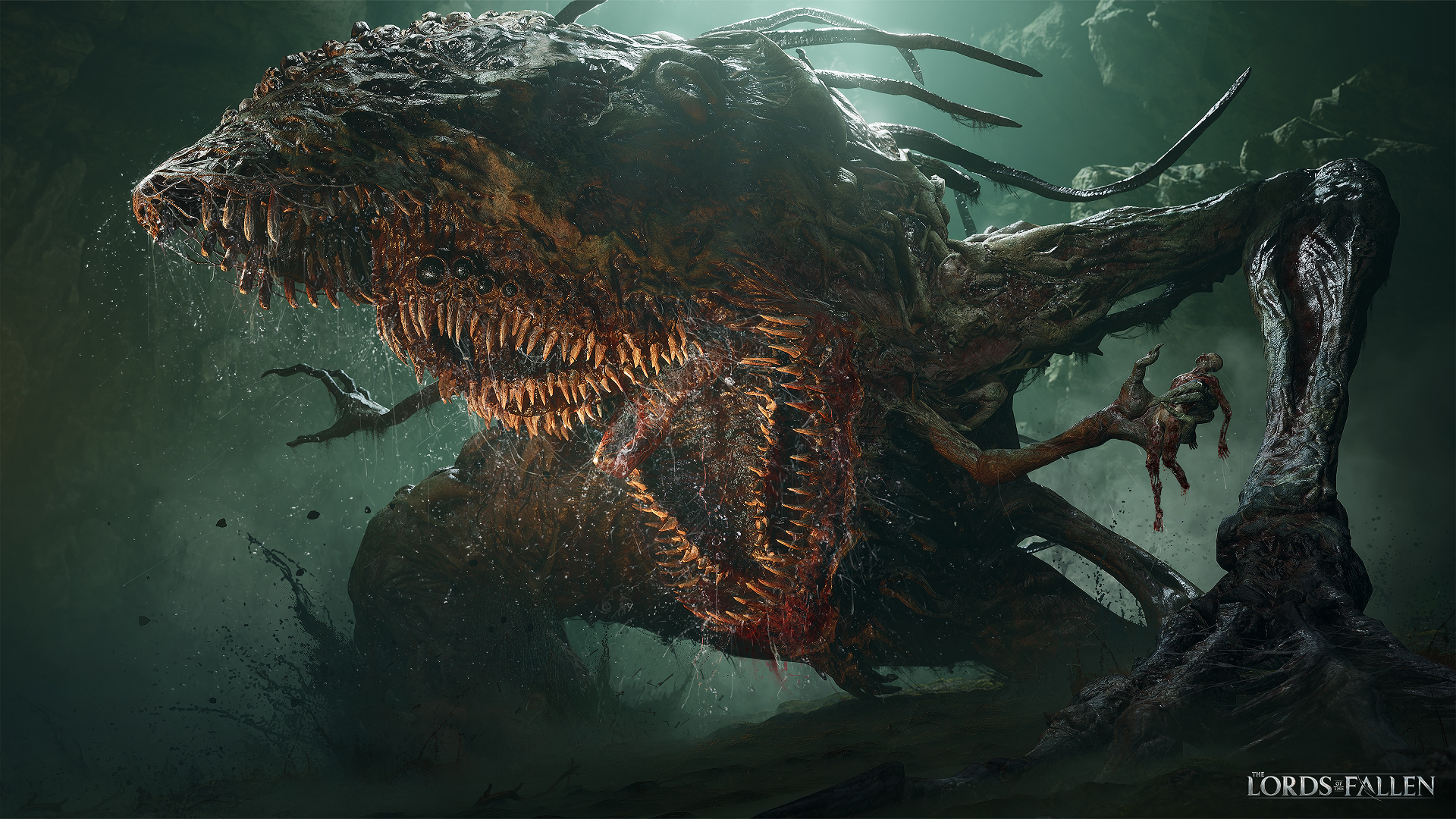
You have to feel a bit sorry for 2014’s Lords of the Fallen. One of the first games to attempt to emulate the unforgiving dark fantasy action RPG set out by Dark Souls, it fell, unfortunately, desperately short. Even Dark Souls 2, also released in 2014 and widely considered the low point of FromSoftware's series, remained leagues ahead of its imitator.
But nine years has been a long time to allow CI Games to rethink its approach, even as the planned sequel's growing pains saw it cycle between multiple studios until its publisher set up its own subsidiary studio, Hexworks, to effectively reboot the game from scratch. That’s why the new Lords of the Fallen has gone with the exact same title - while not outright throwing its predecessor under the bus, this new instalment is for all intents and purposes a fresh start.
In a hands-off presentation, Hexworks’ creative director Cezar Virtosu is first keen to address players' criticism of the original game from the off, starting with a character creator, previously absent thanks to set protagonist Harkyn. “It's not that they didn’t like Harkyn, but you want to create your own avatar, your own story, your own online Shrek or Joker for the memes, so this is something that we've added,” he says.
Following the character creation screen is Lords of the Fallen’ opening section, which acts as a substantial tutorial area, something also completely missing from its predecessor where players were simply thrown into its brutal world. “We have created a lengthy onboarding experience, because the difference between motivation and frustration is understanding why you failed or what the game wants you to do,” Virtosu explains. “With long onboarding, we believe that players will be able to practise and master all the basics before we let them out in our very unforgiving world.”
Souls Blade

With this being a hands-off demo, I’m not able to judge the feel of combat, but while the usual stamina management is present and correct, it certainly looks just a few frames faster than what you might be used to in Dark Souls 3 - the golden standard Hexworks looked to when developing Lords of the Fallen. Pressing a button means committing to the combat animation, but on closer inspection there’s also a greater fluidity to the animation. Swing a sword, for example, and you’ll see that the game knows where that blade’s position is to naturally continue the next attack animation.
Adding to this is a seamless ability to switch weapons in the middle of combat thanks to mapping skills to buttons and shortcuts. For instance, if you want to be a sword-wielder but also a mage, you can mix up your combo so that you swing, cast, then swing again as a combo instead of tapping a button to change gear. Later on, Virtosu is also eager to show off that it’s actually possible to just fight with hand-to-hand combat, along with a running drop-kick, with bespoke animations that almost makes this look like medieval Sifu - the team’s already predicting it will be a popular challenge for elite-tier streamers.
But one streamlined mechanic that will appeal to players who struggle with perfect timing is the decision to get rid of a dedicated parry button, a mechanic Virtuso notes less than 2% of players had engaged with previously. Similar to Wo Long: Fallen Dynasty having deflect mapped to the same button as dodging, parrying is instead done by tapping block at the exact moment of impact, so even if you mess up the timing, you’ll still at least block with your shield. In other words, high-skill players who do love to parry can still do it, but it’s not essential.
Sign up to the GamesRadar+ Newsletter
Weekly digests, tales from the communities you love, and more
So far then, this feels rather like the Dark Souls 4 that FromSoftware didn’t make (Virtosu has previously described the game as his own "Dark Souls 4.5"), similar in how it also opts for a labyrinthian interconnected world rather than Elden Ring’s open world. Virtosu explains that this was down to wanting to create a world that doesn’t stretch in directions but stretches vertically, while this design also allows the team more control over specific moments, such as ambushes at a chokepoint, or an opening that leads you to a stunning vista.
Umbral Academy

What really sets Lords of the Fallen apart that makes it more than just merely a decent Soulslike is that the world you’re exploring is actually two worlds - running in parallel, in real-time. While in the world of Axiom, hold out a special lamp and the light it shines in front of you unveils Umbral, the realm of the undead. This ability to walk between the two realms is at first useful for reaching places you might not be able to access in Axiom but can squeeze through in Umbral; a gate blocked by bars in one world but nothing in the other; a bridge of tendrils in Umbral allowing you to pass above a group of enemies lurking in Axiom.
“The game over screen is not the end. It’s a safety net, but the most hideous safety net in the world!”
But holding the Umbral Lamp leaves you vulnerable, and if you lower the lamp either because you’re revving to fight or because you’ve been attacked by surprise, Umbral also vanishes, which you don’t want happening if you’re standing on a platform that only exists in that realm. Other times, dipping your toes in Umbral isn’t enough, and you’ll have to jump in completely. But there’s a catch: once you’re in Umbral, you’re stuck in Umbral, and it’s by far Lords of the Fallen’s most fascinating and cursed place.
The immediate thing you’ll notice is that you can’t just heal like normal, but you’ll instead gain grey ‘withered’ health that only fills up by attacking enemies, while a single hit instantly takes away that grey health. Fortunately - or not - you’ll also have plenty of undead enemies to contend with, who can also drag you into Umbral with a single attack even if you encounter them while walking between realms with your lamp.
Staying in Umbral also affects your sanity, indicated by an eye at the bottom right corner of the screen gradually opening, making you more susceptible to hallucinations. Do anything cowardly - like running away from enemies - and the eye opens faster. To make matters worse, being sent to Umbral after dying means you’ll be facing enemies from both realms, a decision Virtosu explains was important to make it feel like you weren’t suddenly playing a different game. “We wanted you to play the failure,” he says. “The game over screen is not the end, so we needed the threat of the enemies to be present. It’s a safety net, but the most hideous safety net in the world!”
As a devoted follower of FromSoftware’s works, I’ve always approached other Soulslikes with trepidation, sceptical of whether they can measure up to Hidetaka Miyazaki’s high standards. So despite its false start nine years ago, Lords of the Fallen has me coming away impressed to learn more about its world as I await the opportunity to get my hands on it for myself. The trepidation’s still there, it’s just that it’s the dread of stepping into Umbral, which accounts for an additional 50% of the world with its own unique areas and bosses. “Umbral is like a net that catches all the misery,” Virtosu says. “After we nailed the combat, we discovered Umbral - or Umbral discovered us - and then we put all our money and then some to that.”
I'm a freelance games journalist who covers a bit of everything from reviews to features, and also writes gaming news for NME. I'm a regular contributor in print magazines, including Edge, Play, and Retro Gamer. Japanese games are one of my biggest passions and I'll always somehow find time to fit in a 60+ hour JRPG. While I cover games from all platforms, I'm very much a Switch lover, though also at heart a Sega shill. Favourite games include Bloodborne, Persona 5, Resident Evil 4, Ico, and Breath of the Wild.




